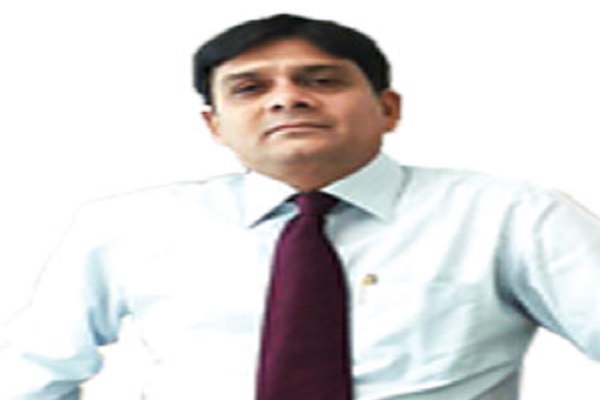
Ours is the first private bank to offer a solution to farmers using a RuPay card, claims Tushar Trivedi, Executive Vice President, Kotak Mahindra Bank, in an interaction with Elets News Network (ENN)
What is your take on IT implementation in the banking sector?
The use of IT revolves around a couple of aspects in the banking sector. IT can be much more effectively used by customers. But due to lack of awareness among customers, the technology aspect remains mostly unutilised in day-to-day banking operations.

At Kotak Mahindra Bank, we believe that we have an opportunity to offer innovative products and services using cutting-edge technology. As a bank, we act as partners and trusted advisors to our clients, so as to leverage the utility and effectiveness of cutting-edge technology. We believe that technology will play a more important role than ever before in our quest to provide customers with the highest quality of financial services.
What steps have you taken to ensure an effective financial inclusion programme?

Financial inclusion is a broad term and covers many aspects. It is not restricted only to providing banking services to the unbanked; it also includes automation of various banking solutions and implementing them for long-term benefits. ‘Kotak Samridhi’ is one such project that we have started in West Bengal. The project has introduced farmers and people in the co-operative sector to formal banking channels and also helped them in easy procurement of raw materials. We combined automation, and payments and banking, and also introduced the unbanked segment of the society to the mainstream financial system.
What latest technologies have you adopted to ensure smoother and effective operation?
When, we studied the nature and the operation module of milk co-operatives and farms, we realised that there is a need for data connectivity that will help farmers in the milk procurement process. We were the first private bank to offer a solution using a RuPay card with the help of National Payments Corporation of India (NPCI). We also set up our BC network to educate farmers on financial inclusion as well as financial literacy. Now, we can see farmers using their card not only in their villages but also in metro cities. This is a phenomenal change in the scenario.
What is the optimum benchmark that the industry should have on IT implementation?
It will be very difficult to set an optimum benchmark for the industry. What is more important is the willingness of an organisation to actually work with a focussed approach leading to overall enhanced efficient solutions, specifically in the financial inclusion space.
How can the issue of low ATM density be resolved to ensure access to cash anytime, anywhere?
With the increased impetus on Financial Inclusion and Direct Benefit Transfer (DBT), banks will eventually increase their touch points in rural and semi-urban regions because of the accompanying opportunity. In the case of ‘Amul Samridhi’ programme, we used BCs to increase our reach and ensure access to cash for the milk farmers. There is a lot of work being done in this space and we will see the results soon.
What are the challenges faced while operating in Tier II and Tier III cities?
Over the past decade, technology has played a critical role in increasing the reach to Tier II and III cities. However, the issue is no more about Tier I or II cities but about adapting to the speed at which technology is evolving. Banks have to continuously build on infrastructure and skilled manpower to make the best use of the advancements in technology.
Be a part of Elets Collaborative Initiatives. Join Us for Upcoming Events and explore business opportunities. Like us on Facebook , connect with us on LinkedIn and follow us on Twitter, Instagram.











